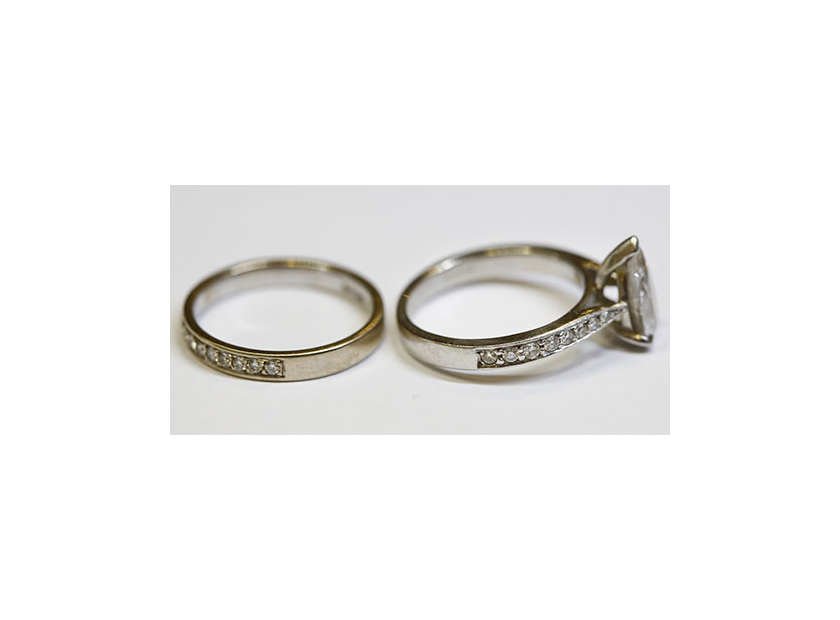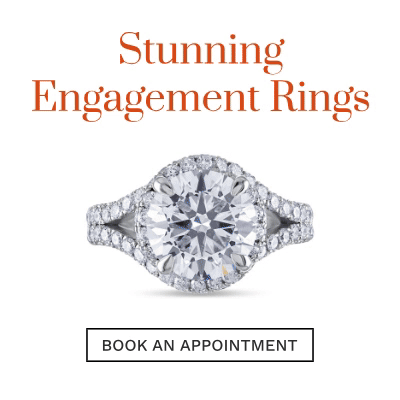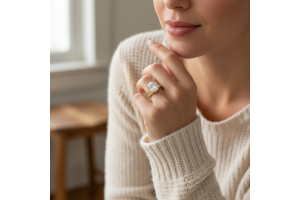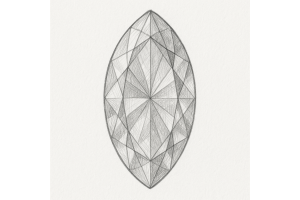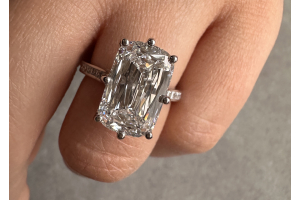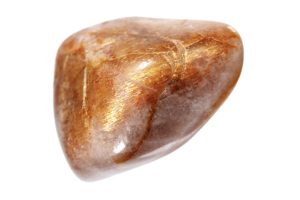USD
/
USD
/
Shipping to:
Currency:
The Differences Between Gold Variants and Platinum
When choosing between different precious metals for your jewelry, understanding the unique characteristics of each option is essential. Gold and platinum are two of the most popular choices, each offering distinct advantages that cater to various preferences and needs. Let’s explore these metals in greater detail to help you make an informed decision.
Understanding Gold: Variants and Properties
Gold is a timeless classic in the world of jewelry. Its enduring appeal lies in its versatility, luster, and symbolic value. However, gold in its purest form is too soft for everyday wear, which is why it is often alloyed with other metals to enhance its strength and durability. The type of metal added determines the variant of gold, with each variant offering unique characteristics.
Yellow Gold
Yellow gold, the most traditional and recognizable gold variant, maintains its classic golden hue due to its mixture with copper and zinc. This variant is often chosen for its warm and radiant color, which complements a wide range of skin tones. Yellow gold is also highly malleable, making it an excellent choice for intricate designs.
White Gold
White gold is created by alloying gold with white metals such as nickel, palladium, or silver. It is then coated with rhodium to enhance its white, shiny appearance. This variant is particularly popular for its modern, sleek look, which closely resembles platinum but at a lower cost. White gold’s neutral tone makes it a versatile option that pairs well with any gemstone.
Rose Gold
Rose gold is a romantic and distinctive choice, achieved by alloying gold with copper, which imparts a pinkish-red hue. This variant has grown in popularity due to its vintage appeal and unique color, which adds a touch of warmth and femininity to any piece of jewelry. Rose gold is also durable and resistant to tarnish, making it a practical and aesthetically pleasing option.
Gold Purity
Gold purity is measured in karats (K), with 24K representing pure gold. However, pure gold is rarely used in jewelry due to its softness. Commonly, gold is alloyed to create 18K (75% gold), 14K (58.5% gold), and 10K (41.7% gold) variants. The higher the karat, the richer the color and value, but also the more susceptible it is to scratching and bending.
Platinum: The Ultimate in Durability and Luxury
Platinum is a rare and precious metal known for its strength, durability, and naturally white sheen. Unlike gold, platinum is used in its pure form (around 95%) for jewelry, which makes it significantly denser and heavier. Platinum’s robustness makes it an ideal choice for securing valuable gemstones, and its resistance to tarnish and corrosion ensures that your jewelry will maintain its beauty over time.
Why Choose Platinum?
Platinum’s hypoallergenic properties make it a preferred choice for individuals with sensitive skin or allergies to certain metals. Its natural white color does not fade or require re-coating, unlike white gold. Platinum’s density and weight give it a substantial feel, often associated with luxury and exclusivity. Although platinum is more expensive than gold, its enduring qualities make it a worthwhile investment for those seeking a metal that will stand the test of time.
Making the Right Choice
The decision between gold and platinum ultimately comes down to personal preference, budget, and lifestyle. Gold offers a variety of colors and styles, making it versatile and widely accessible. Platinum, on the other hand, provides unparalleled durability and a luxurious feel, ideal for those looking for a long-lasting investment. Whether you prefer the classic warmth of yellow gold, the modern appeal of white gold, the romantic charm of rose gold, or the enduring strength of platinum, each metal has its own unique benefits that cater to different tastes and needs.
Frequently Asked Questions (FAQ)
Is platinum more durable than gold?
Yes, platinum is significantly more durable than gold. Its high density and strength make it less prone to scratches and damage, making it an excellent choice for everyday wear, especially in engagement rings and wedding bands.
What is the difference in weight between gold and platinum?
Platinum is about 60% heavier than gold. This difference in weight gives platinum a more substantial feel, which some people prefer for its luxurious and robust nature.
Does white gold need to be re-coated?
Yes, white gold typically requires re-coating with rhodium every few years to maintain its bright, white finish. This is because the underlying gold alloy may develop a slight yellowish tint over time as the rhodium layer wears off.
Is rose gold more expensive than yellow or white gold?
The cost of rose gold is generally similar to that of yellow and white gold, depending on the karatage. However, due to its unique color and growing popularity, some rose gold pieces may be priced higher due to demand and design intricacies.
Which metal is better for sensitive skin: gold or platinum?
Platinum is typically better for sensitive skin because it is a hypoallergenic metal. White gold, which often contains nickel, may cause allergic reactions in some people. Yellow and rose gold are usually safer, but the alloyed metals should be considered if you have known metal allergies.



